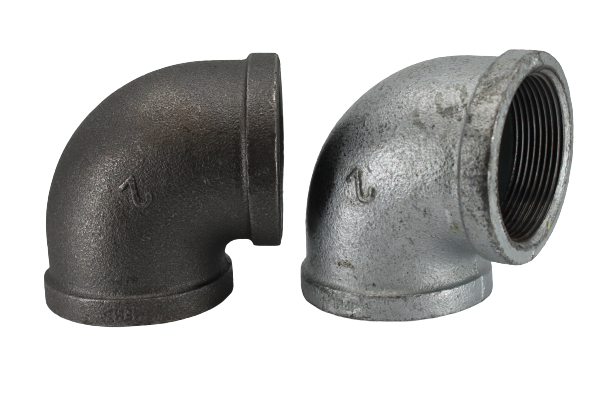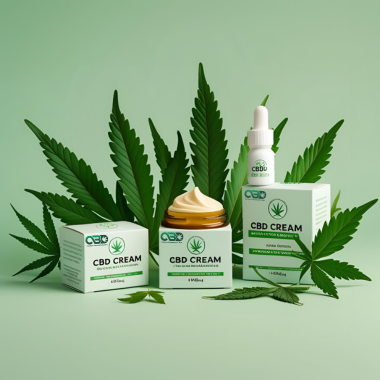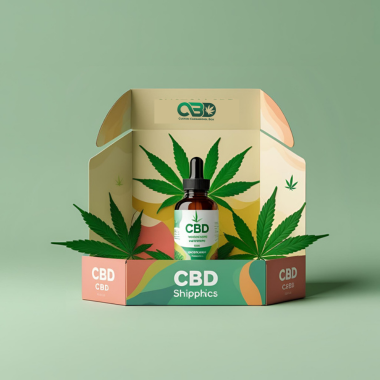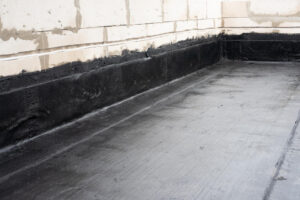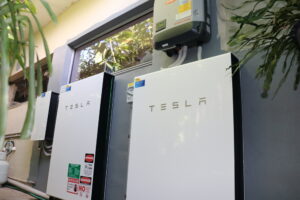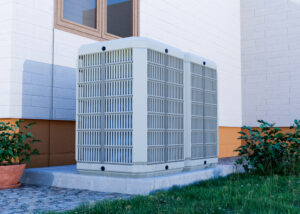Piping systems often require elbows to change the direction of flow. Different angles of elbows, such as 40-degree, 45-degree, and 90-degree, serve different purposes depending on the system’s requirements. Understanding their differences helps in selecting the right component for a smooth and efficient flow. Among them, PTFE lined 90-degree elbows are widely used in industries where corrosion resistance is essential. Similarly, 90 degree elbow PVC fittings are commonly used in plumbing and drainage applications.
1. What Are 40-90 Degree Elbows?
Elbows in piping systems are designed to alter the flow direction at specific angles. The most common types include:
- 40-degree elbows – Used for slight directional changes with minimal resistance.
- 45-degree elbows – Provide a moderate change in direction while reducing flow restriction.
- 90-degree elbows – Make a sharp turn, commonly used in compact spaces.
Each of these elbows serves a different function based on the system’s design and flow requirements.
2. Difference Between 40-90 Degree Elbows
| Feature | 40-Degree Elbow | 45-Degree Elbow | 90-Degree Elbow |
|---|---|---|---|
| Angle of Bend | 40 degrees | 45 degrees | 90 degrees |
| Flow Resistance | Low | Moderate | High |
| Usage | Used for smooth directional shifts | Used for gradual turns with reduced turbulence | Used for sharp bends in tight spaces |
| Installation Space | Requires more space | Requires less space than 40-degree | Suitable for compact piping systems |
| Material Options | Available in metals and plastics | Available in metals and plastics | Available in PTFE lined 90-degree elbows and 90 degree elbow PVC |
3. Uses of 40-90 Degree Elbows
A. 40-Degree and 45-Degree Elbows
- Used in fluid transport systems where gradual turns are needed to prevent pressure loss.
- Common in water supply, oil, and gas pipelines to reduce turbulence.
- Suitable for chemical processing systems to ensure steady flow with minimal resistance.
B. 90-Degree Elbows
- PTFE lined 90-degree elbows are used in corrosive environments like chemical industries to protect against aggressive fluids.
- 90 degree elbow PVC is used in plumbing and drainage systems to manage water flow in confined spaces.
- Often found in HVAC systems, food processing, and pharmaceutical industries, where a sharp directional change is needed without fluid leakage.
4. Choosing the Right Elbow for Your System
- If you need a slight directional change with minimal resistance, a 40-degree or 45-degree elbow is the best choice.
- If your piping system has limited space and requires a sharp bend, a 90-degree elbow PVC is ideal for general applications, while PTFE lined 90-degree elbows are best for handling corrosive substances.
Conclusion
Understanding the differences between 40-degree, 45-degree, and 90-degree elbows helps in selecting the right component for an efficient and durable piping system. PTFE lined 90-degree elbows are excellent for high-corrosion environments, while 90 degree elbow PVC is perfect for plumbing and general fluid flow applications. Choosing the right elbow ensures smooth operations, reduces maintenance, and improves the overall performance of the system.

